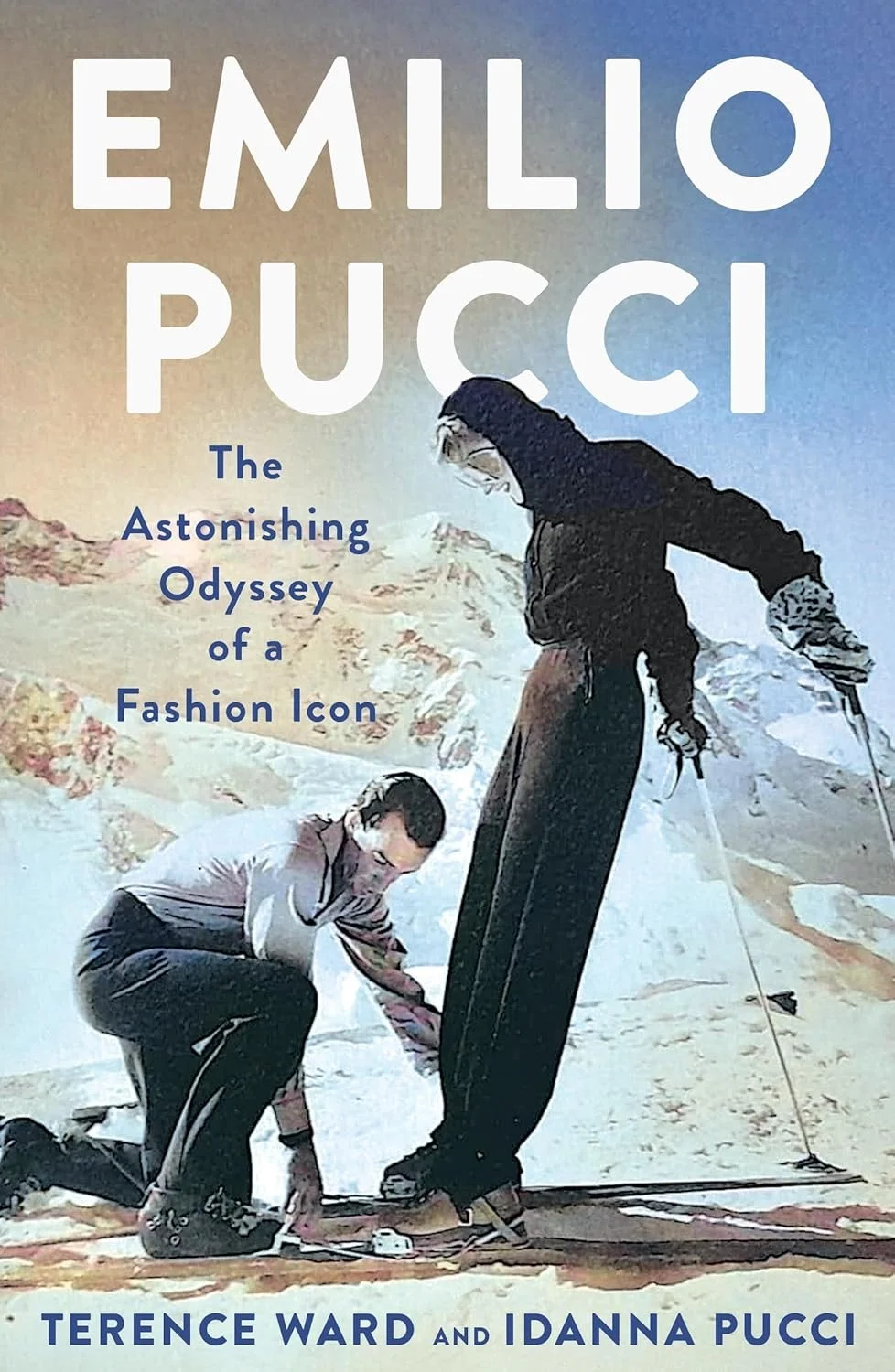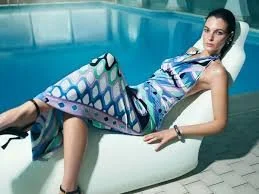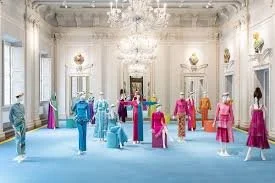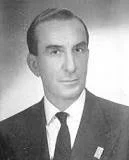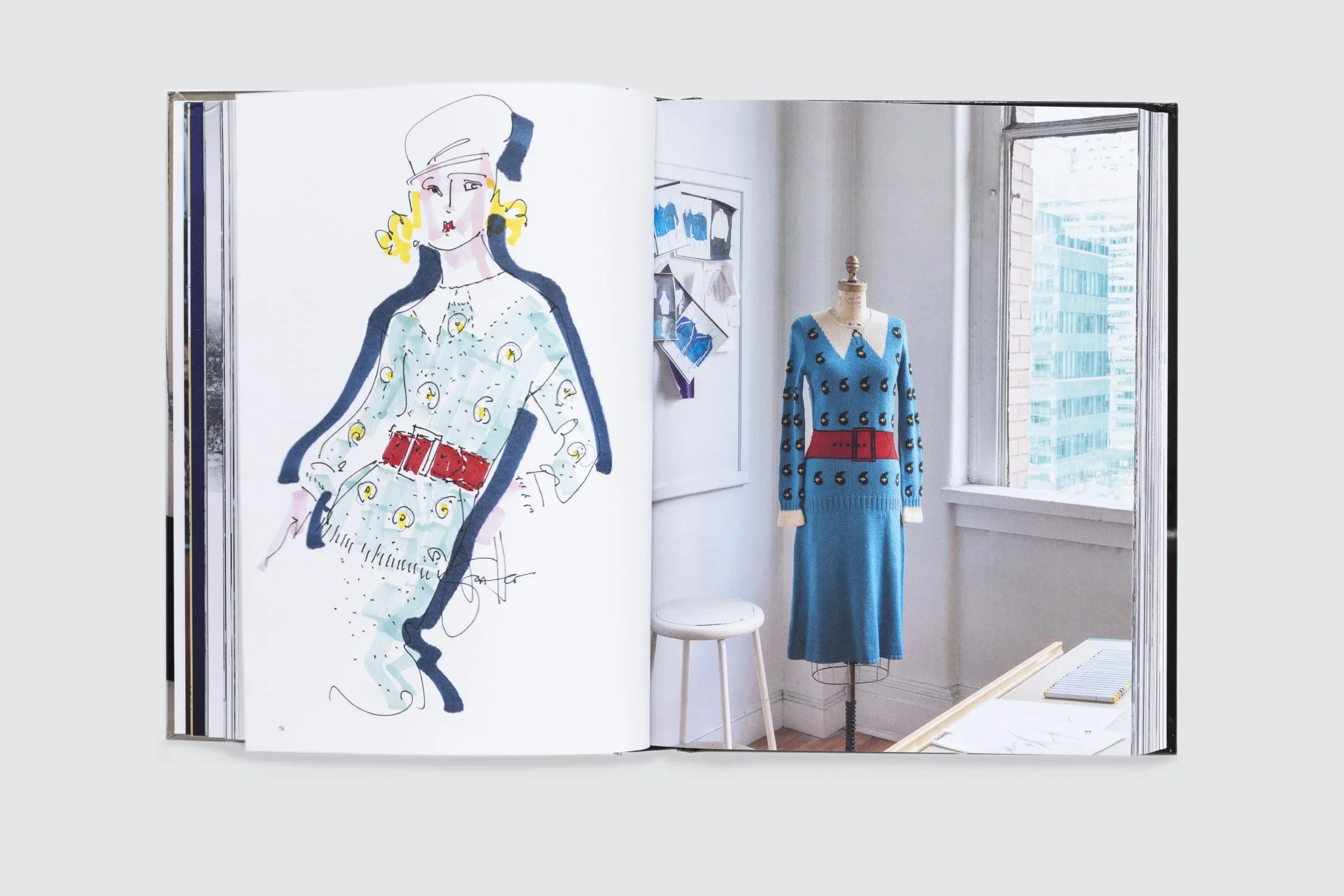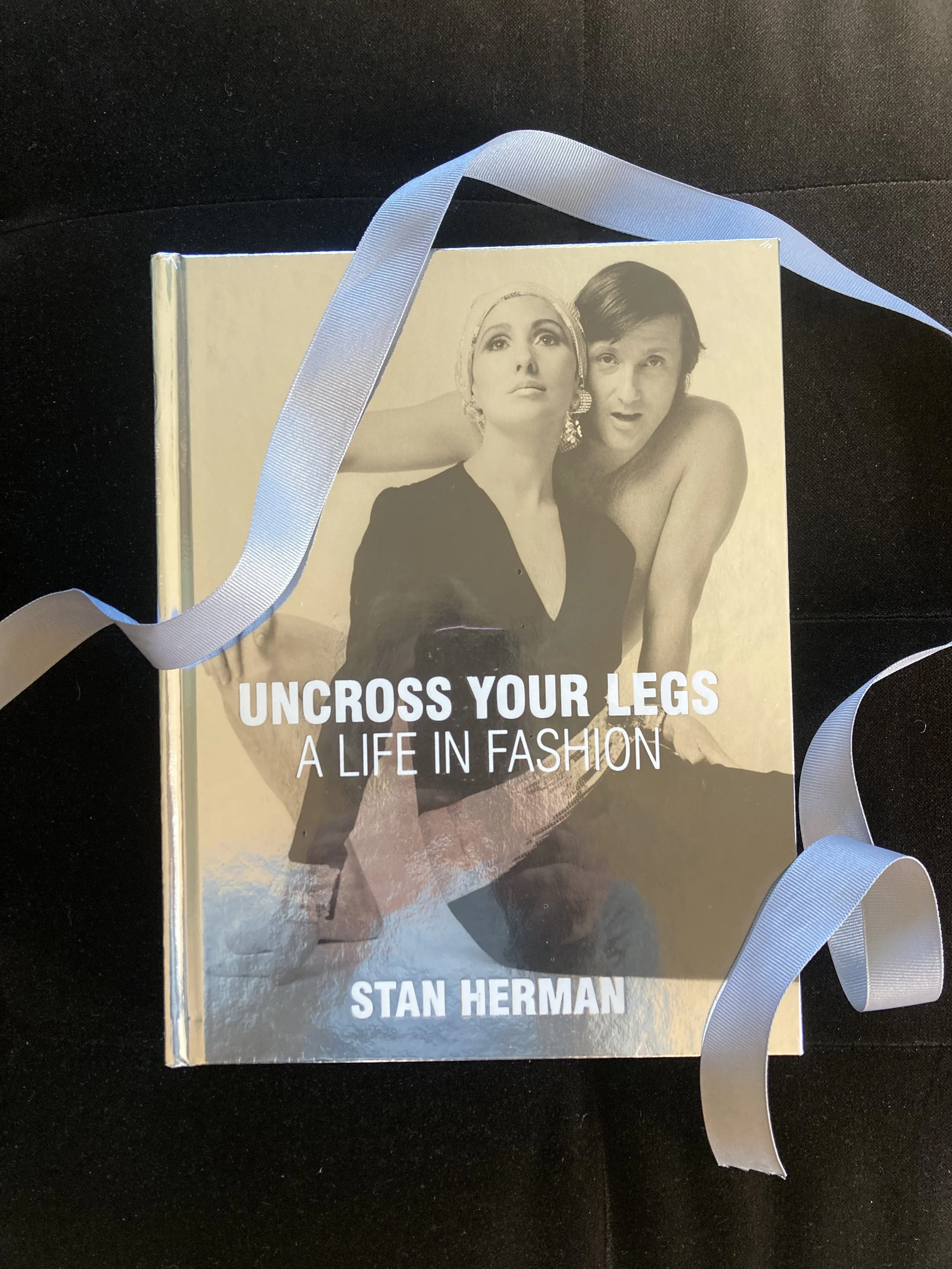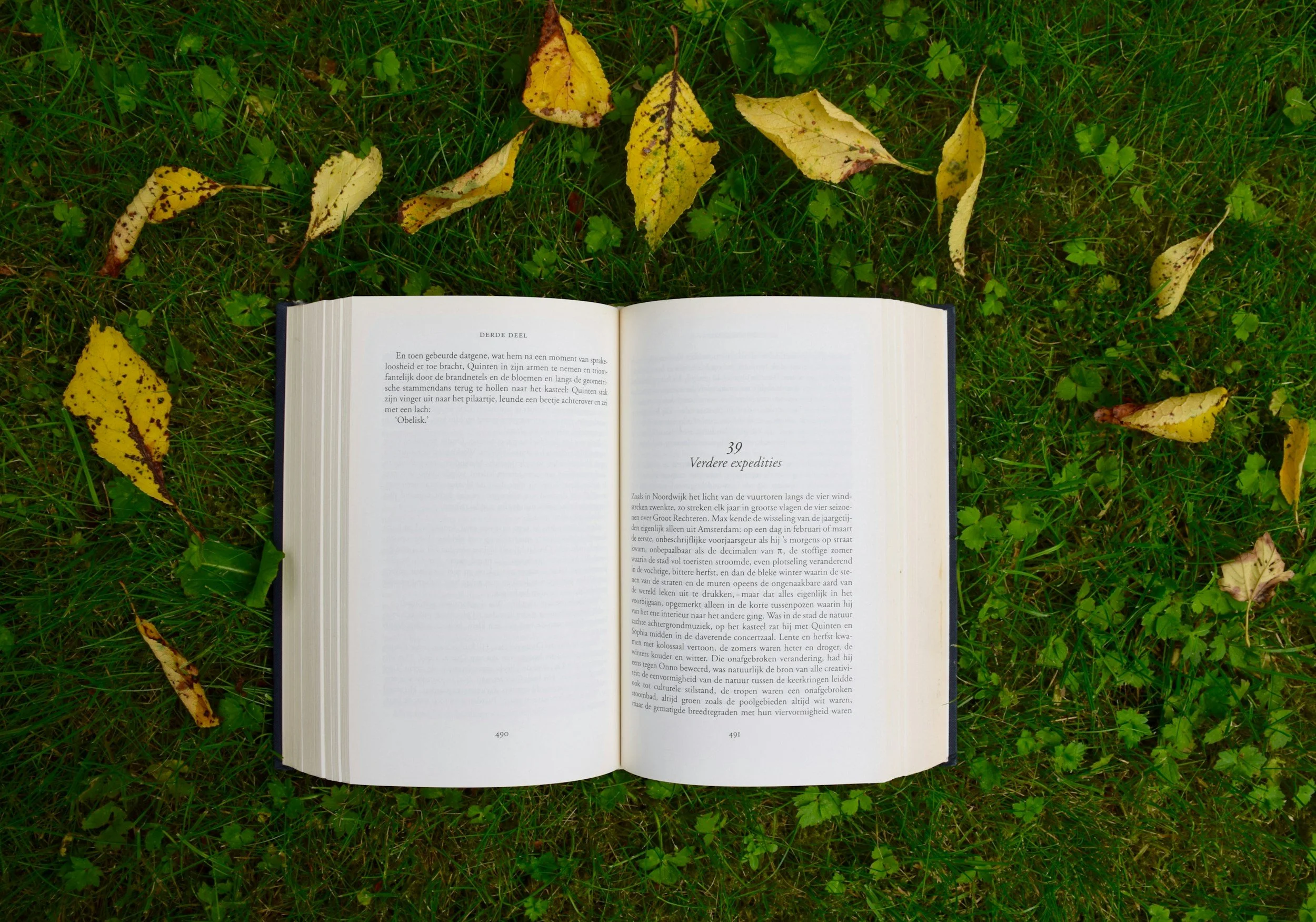Find Your Next Good Reads: Three Books With Pulse-Pounding Style, Action & Adventure to Read & Gift
This is the second book I’ve read from author Jennifer Moorhead. I like her style very much. She portrays strong women with attitude. That she wraps her protagonists in a web of psychological thrillers adds to the hot mess of immersive suspense and drama; with a sassy wink as the cherry on top.
I read the author’s Broken Bayou with a surprised abandon I didn’t think I had for this genre. But truth is, I couldn’t wait to learn who the serial killer was. Yet I was also deeply absorbed by the two women leading the investigation, Dr. Willa Watters, a conflicted, complex, child psychologist and the force-of-nature TV crime reporter, Rita Meade ~ who came storming into Bayou, possessed of a style I didn’t care for. She seemed to be more out for herself. Which is just the way she plays it in both novels. To great effect. I guess I wasn’t paying attention, but if asked who would be the star of Moorehead’s next thriller, I would’ve probably said, Willa.
Poison Woods references Broken Bayou readily and somewhat frequently. Rita calls on Willa for advice in solving her next murder mystery in Natchitoches’ Kisatchie National Forest. (I just love even saying these exotic monikers!)
In both books, the women find themselves back in their Southern hometowns following a career crisis, find dark secrets in their past, ponder their difficult childhoods, and the unfolding, unearthed mysteries they thought were buried but that force them to confront in order to solve a crime. And it works.
In Poison Woods, it too is a tale of family drama, Southern roots and traditions, secrets, loyalties, and the lengths people will go to protect their loved ones and their own reputations. Which sometimes feels like two sides of the same coin.
After a dramatic opening, Poison Woods takes the reader back to Rita’s hometown and her troubled past. The mystery of who killed Laura Sanders ~ and was Laura really another woman ~ one of the wild girls from Rita’s high school ~ will keep you turning (or swiping) the pages.
The gruesome elements are harrowing and so is the unspoken drama of family issues and secrets from long ago. The story has many characters and angles, spooling out with threads that begin to weave a more cohesive pattern. You think. But then, bam. There’s a plot twist you didn’t see coming.
The author expertly uses the alternating timelines and Rita’s flashbacks to illuminate ~ or in the case of her rebellious high school years at the creepy girls boarding school, Poison Woods for Therapeutic Girls (really, that title?!) thinks that maybe her recall was dimmed by substance abuse… Or denial… Definitely too much toxic partying.
There are enough dark secrets and lies to keep you on edge. Who’s skull was that? Why was the death certificate falsified? Who was pregnant ~ and who was the father? Who was blackmailing who and who was paying off the killer’s sister? Money, wealth, and privilege are the trifecta of big characters in the novel.
Did I mention that the school’s killer confessed but later recanted. And oh, Rita’s big-time judge Father who sentenced the killer ~ the alleged killer ~ might have, ahem, overlooked some details in the case.
Rita’s character is so good ~ you manage to resent her, feel sorry for her and root for her all at the same time, She’s human… The loss of her mother at an early age, her destructive high school friendships and the sometimes questionable career choices that lead her to justify the means to her lofty ambitions give the story real emotion and engagement.
This is a taut thriller with many narrative storylines that grab you, lead you on, without confusing the main murder mystery plot.
The ending is fast-paced and a surprise. Just the way you like a crime mystery and its resolution.
Poison Woods is one of those good books that you can’t wait to finish ~ and then you’re sorry that it’s ended…
You’ll enjoy the book. And I see another in this series. Hope it’s soon.
Thank you, Goodreads, the publisher, Thomas & Mercer, and the author, Jennifer Moorhead, who gifted me a Giveaway winner at the end of October! I was very excited to receive the free Kindle book.
Emilio Pucci, The Astonishing Odyssey of a Fashion Icon
Authors: Terence Ward; Idanna Pucci
The Drama of War and Postwar Italy Through the Life of One of Its Most Celebrated Icons
When I think of fashion designer Emilio Pucci, I can’t help but think of his exuberant, vibrant, swirling, near psychedelic colors creating fluid, kaleidoscope-like fabrics.
And everyone from Marilyn Monroe (who loved the designer so much that she was buried in a Pucci design) to Jackie Kennedy, Elizabeth Taylor and of course, Sophia Loren, clamored to wear his eye-catching dresses that the publishers say “personify La Dolce Vita” and the new era of liberating, jet-setting style of the 1960s. Today, it’s reported that Margot Robbie and Beyoncé are equally smitten with the signature designs.
Therefore, it’s so fitting (no pun intended) ~ that this book will be officially published. February 10, 2026, just in time for Fashion Week 2026 ~ Feb 11-16.
As characterized by the book’s publisher, St. Martin’s Press, “What few know about Pucci, is that before creating his world-famous fashions, he played a critical role in the war against the Nazis (and by extension, the Italian Fascists), risking his life to smuggle out to the Allies one of the most important documents of World War II.”
Clearly a passion project, the book is co-authored by one of Pucci’s nieces: Idanna. The authors note that they “bring to life Italy’s darkest and brightest days.”
The book chronicles the Pucci family, a wealthy, aristocratic clan, who called Florence home for seven centuries. It was lovely to read of Emilio’s early years and the family traditions, especially on holiday at the beach. It was not a total surprise to learn the family traveled in the social strata that included the likes of Italian elites, including Gianni Agnelli and his sister, Susanna, and later, along with Mussolini, his favorite daughter, Edda, and her husband, Count Galeazzo Ciano. Edda turned against her father and officially renounced him following the Count’s vote against Mussolini in 1943. Soon after, her father had the Count murdered. Reasonable reason for a split, you’d have to agree… 😧 When WWII broke out, Emilio and his brother, Puccio Pucci di Barsento enlisted in the Italian war effort as officer pilots. Puccio became an accomplished lawyer, architect, and continued to pilot; later he shared the Palazzo Pucci with Emilio, who used half of the Florence Palazzo as the working headquarters of his fashion empire.
In my view, there are two thrilling elements to the Pucci story: how Emilio aided Edda and her children in Switzerland and helped her leverage the diaries of her husband, the Count, coveted by the Americans and feared by the Nazi’s because they would expose the Fascist regime’s manipulations and subsequent rise to power as they colluded with the Nazi regime. Alan Dulles is the intriguing player in the diaries’ sale and delivery to the Americans.
The other captivating element is, of course, Emilio's unlikely, meteoric career as a global fashion designer and brand, after the War. (I love the American pluckiness in discovering his fashion on the ski slope ~ hence the cover image ~ along with Diana Vreeland’s career-making plot)
What could have been a fast-paced, espionage war novel on the order of, I daresay, a John le Carré spy novel; leading to a kind of buzzy, fast-paced swinging Fellini-esque film that blended fantasy, dreams, and reality with that distinctive, Italian visual style, all while leading the reader to the post-war evolution when Emilio surprisingly captured his “lightening in a bottle” fashion status that celebrated La Dolce Vita…
Alas, the book dragged on for me. There is a lot of repetition of the “stuck in limbo" period when Emilio and Edda are safeguarded in Switzerland with the precious diaries that are sought after by both the Nazis and the Americans; yet neither side seemed motivated by any real eagerness to achieve their desired outcome. So the story plays out in almost a metronomic rhythm. I was eager for something to happen… Anything… I was in simpatico with the stagnation from a historical standpoint, but needed something to keep interested in the book’s telling. The slow pace and lack of any real activity on the part of the authorities felt like it was carried over to the book itself. In real time. With some expert editing, this could have been avoided, I think.
I understood that Emilio’s melancholy situation was bleak and he was a loyal friend and hero… By the same token, that enduring hardship, dedication, and courage could have been tied to his post-war journey to the heights of the glamorous world of fashion. It could have been linked as a catalyst that propelled his motivation to succeed. But the emotions seemed to disappear like the diaries themselves.
Emilio Pucci
The book was rather more a series of history facts ~ a ton of citations. I had the sense that this was a kind of textbook-telling to set the record straight. I wished for more personality. More character-driven story telling. More dialogue. More, well, style… After all, Emilio was fashion royalty. Surely there could also have been visuals and sketches included?
I understand that Idanna and Terrance were probably aiming to honor Emilio but I felt the book missed an opportunity to inform and engage ~ to let us know about Emilio the man. His passions and journeys; the messy intimacy of his relationships, his beliefs, thoughts about how he conducted his business and his circle of family and friends. I wanted to feel his charm. As it is, those elements are sprinkled in; not the motivating core of the novel.
Nevertheless, it is an intriguing story of a time that regrettably resonates today with political movements duping and taking advantage of the populace. I note this because the authors go to great lengths to highlight that the Italian people did not want Fascism ~ that they were tricked or “duped” into going along with Il Duce …
From the novel, I learned that historical point of view, and why that’s so significant to Italians even today. Of course, that is the undercurrent lookig to propel the main story of Emilio’s role in the war and his resistance to Italian Fascism and to the Nazis in particular. Not easy when the two countries were allies.
I enjoyed reading about his proud Italian heritage, the sensual, mythic beauty of Capri and its role in shaping Emilio, along with the island’s inspiration for many of his creations.
Yet, I felt the authors could have written a more engaging story of a life filled with privilege, heartbreak, fortitude, and then, after the war, just as Italians needed to remake their country, how he needed to remake himself.
The publishers write: “Pucci returned home bruised in body and soul, having endured trials that would have broken many, but, like Italy itself, rose from the ashes, and went on to design some of the most exuberant fashion of all time.” But I didn’t feel like it showed us, the reader, how…
The pursuit of his metier clearly was an artful release from the past at a time when the world was open to being truly free. His fashions were adored because, for the first time, women felt free, unencumbered by wearing his liberating fashions. And as the publisher notes, his influence extended to helping “usher in a new era of creativity in Italy, which again became a mecca of fashion, art, design, film, and more.” I wanted more art, more conflict, and more personal growth. Perhaps there’s a follow on novel to come?
Thank you to Net Galley and St. Martin’s Press for providing an early eArc for review.
Publication: February 10, 2026
On the other side of the coin of fashion currency is the memoir by a style icon, whose exuberance and lust for life practically oozes out of his book, Uncross Your Legs, A Life in Fashion, by designer Stan Herman.
What joy! What a life! Yes, I know, a memoir is very different from a novel written by another but some of Herman’s struggles, battles with racism, and passions are a fair comparison to make, especially since both came of age during WWII and rose up through the ranks of the fashion hierarchy on not altogether different paths.
Published by Pointed Leaf Press, Herman’s book is noted as a recollection of a “life well-lived, and well-loved. In Uncross Your Legs: A Life in Fashion, Herman reflects on a remarkable life and career, from his childhood in Brooklyn, NY and Passaic, NJ, to WWII Army service in Europe, and back to NYC as a young freelance designer in the fashion hothouse of the Garment District. For 16 years as head of the Council of Fashion Designers of America, where he was instrumental in bringing New York Fashion Week to Bryant Park – all the while continuing his thriving uniform and leisurewear design business.” Herman broke new ground by designing uniforms for the likes of TWA and McDonalds!
The book is also lavishly illustrated with his endearing sketches and lots of photographs.
You’ll enjoy the telling of a “rags to riches” success story in the “rag business.” 😀 More on Mr. Herman and his glamorous book soon. To be continued. Here, I wanted to compare the two fashion styles in terms of their storytelling.
I thank the good people at Pointed Leaf Press and my former Sony associate and friend, Dan Scheffey for introducing me to this glamorous book.
The Book adds glamorous style to my daybed
Books take us to all kinds of places and dimensions. I hope you enjoyed these book reviews and are motivated to read their transporting tales…



